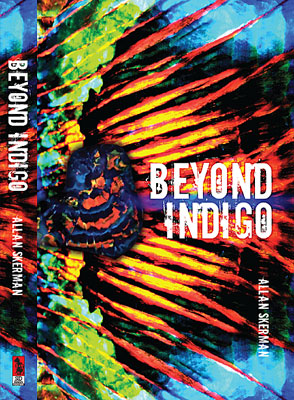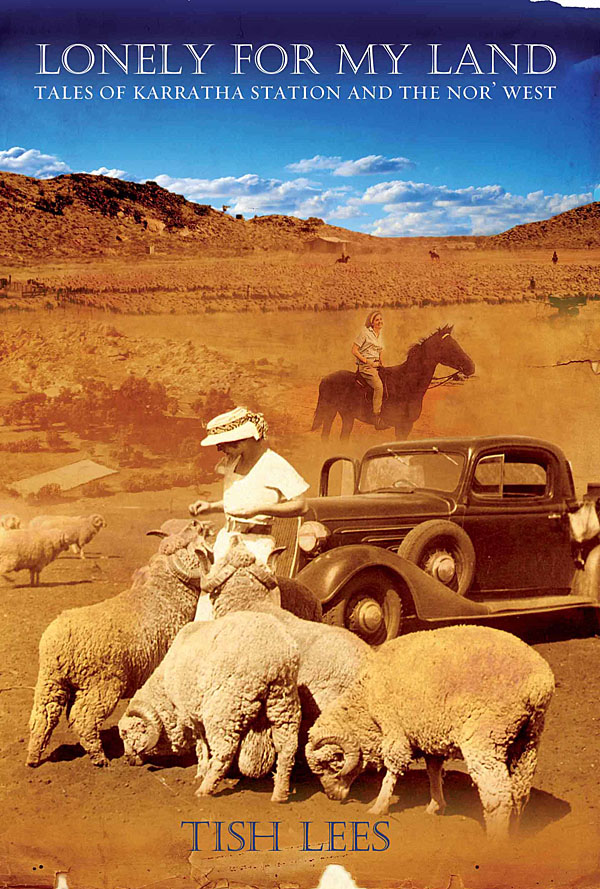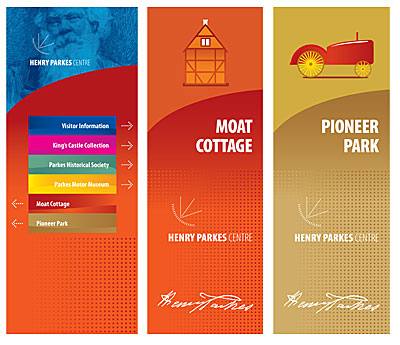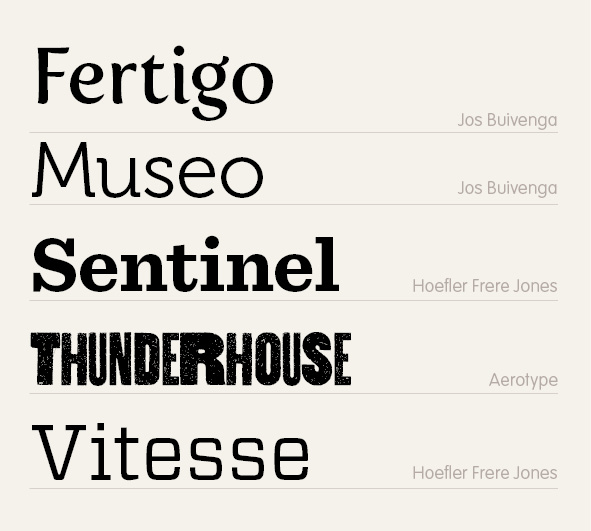Along with ebooks, print-on-demand publishing is experiencing a period of rapid growth. The biggest publisher of POD in the english-speaking world is Createspace, a subsidiary of Amazon. Like all giants, Createspace is capable of both creation and destruction. It has helped make publishing easier and accessible. However, as both publisher and distributor, Amazon/Createspace has a worrying amount of control over dissemination of the printed word. As one blog commenter pointed out:
When an editor doesn’t like something you say, you find another editor or publisher. When one distributor doesn’t want to handle your book, you find another. And when one retail store refuses to place it on your shelves, other stores do and reap the profit. But Amazon plays all those roles and, even more important, it so dominates the market that some people think that if a book isn’t on Amazon, it isn’t in print.






